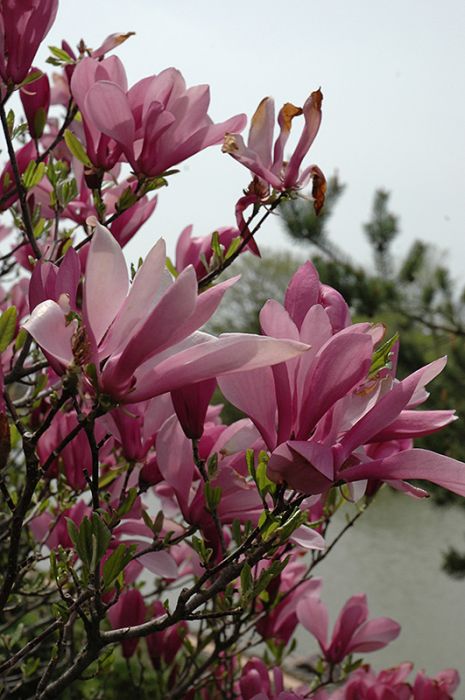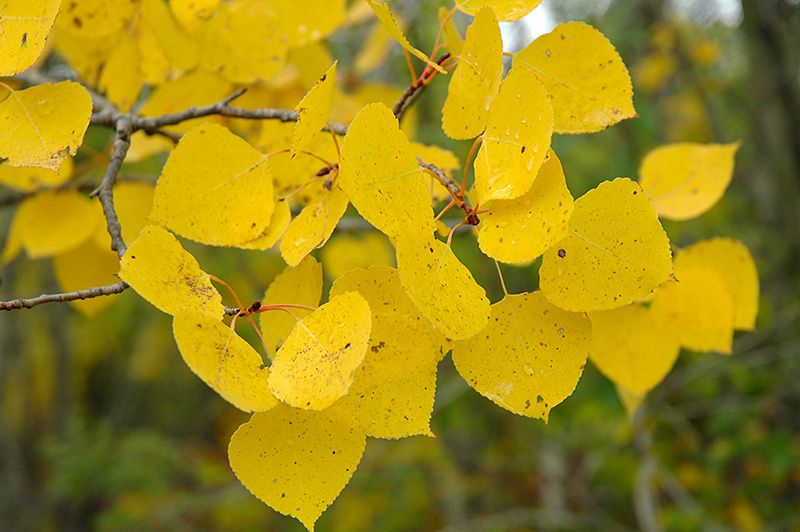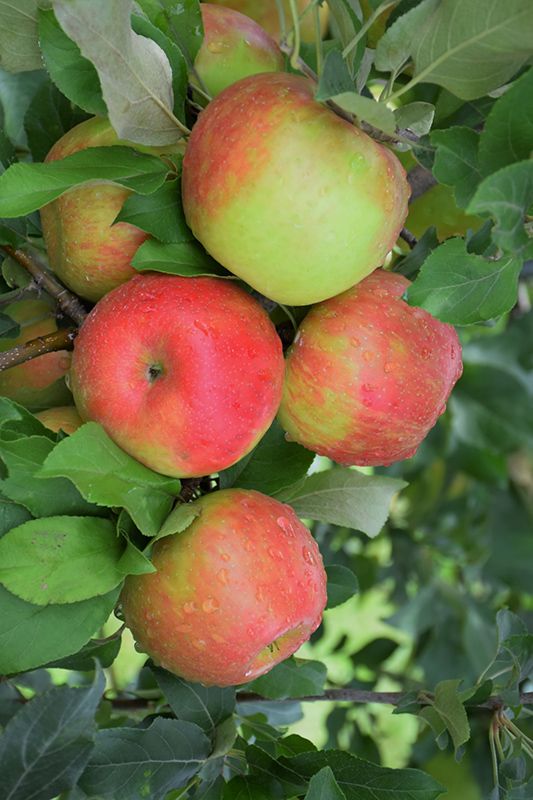Magnolia, Hybrid 'Ann'



Out of stock
Coming soon, still growing- Sun Preference
- Full-Sun, Part-Sun
Description
This magnolia was bred for late bloom and forms a rounded mound that has leathery, deep green foliage. Pleasantly scented reddish-purple flowers emerge from tapered buds. Not unusual to get a rebloom in midsummer.
Minnesota's Largest Selection of Trees
At Minnesota's Destination Garden Center, we offer a diverse range of trees to suit any landscaping need. Whether you're looking for shade trees to cool your home or ornamental trees to add beauty and interest, you'll find the perfect tree at Gertens. Our knowledgeable staff can help you select the right tree for your space and provide tips for care and maintenance. Visit Gertens today and explore the unmatched variety of trees to enhance your outdoor environment!
Details
Ann Magnolia | Magnolia 'Ann'
Height: 10 feet
Spread: 8 feet
Sunlight: full sun to partial sun
Hardiness Zone: 4b
Group/Class: Little Girl Series
Brand: Gertens
Description:
A hybrid magnolia selected for its spectacular lavender cup-shaped flowers in spring (before the leaves); improved hardiness; a small, reasonably compact shrub, effective as a solitary specimen in the garden in tree form
Ornamental Features
Ann Magnolia is smothered in stunning fragrant fuchsia cup-shaped flowers with pink overtones held atop the branches in early spring before the leaves. It has dark green deciduous foliage. The large pointy leaves turn coppery-bronze in fall.
Landscape Attributes
Ann Magnolia is a multi-stemmed deciduous shrub with a more or less rounded form. Its relatively coarse texture can be used to stand it apart from other landscape plants with finer foliage.
This is a high maintenance shrub that will require regular care and upkeep, and should only be pruned after flowering to avoid removing any of the current season's flowers. It has no significant negative characteristics.
Ann Magnolia is recommended for the following landscape applications;
- Accent
- Mass Planting
- Hedges/Screening
- General Garden Use
Planting & Growing
Ann Magnolia will grow to be about 10 feet tall at maturity, with a spread of 8 feet. It has a low canopy with a typical clearance of 2 feet from the ground, and is suitable for planting under power lines. It grows at a medium rate, and under ideal conditions can be expected to live for 50 years or more.
This shrub does best in full sun to partial shade. It requires an evenly moist well-drained soil for optimal growth, but will die in standing water. It is not particular as to soil type, but has a definite preference for acidic soils. It is highly tolerant of urban pollution and will even thrive in inner city environments. Consider applying a thick mulch around the root zone in winter to protect it in exposed locations or colder microclimates. This particular variety is an interspecific hybrid.
More Information
| Gerten Grown Plants | Gerten Grown Plants |
|---|---|
| Available for Pre-Order | No |
| Tree Type | Shade & Ornamental |
| Sun Preference | Full-Sun, Part-Sun |
| Mature Height (Range) | 5 - 10 feet |
| USDA Hardiness Zone | 4, 5, 6, 7 |
| Common Family Name | Magnolia |







